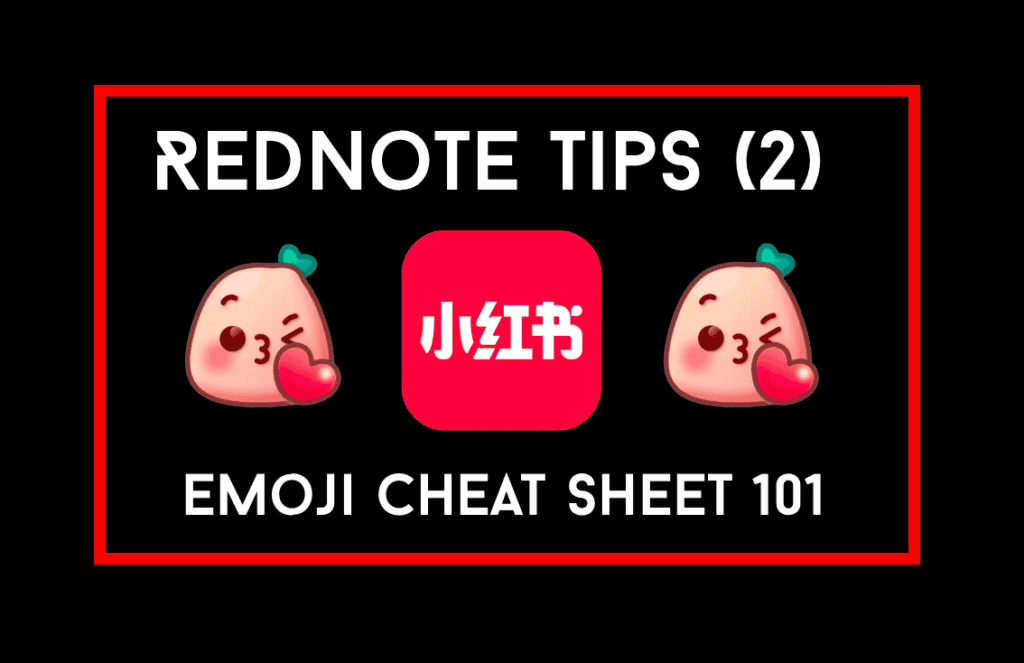📲 How to Use Little Red Book Emojis Like a Local (With Cheat Sheets!)
Little Red Book emojis (also known as REDnote emojis) can be tricky. They work a little differently than what you might be used to on other platforms. That’s why I’ve put together some handy cheat sheets to help you level up your REDnote emoji game. 💡
👉 These clear lists show exactly which emojis to use and how to use them like a native Chinese netizen.
✅ Use Little Red Book Emojis the Right Way
To scroll like a native Chinese user, you need to understand which emojis are trending and which ones could get you misunderstood.
👉 My emoji lists are designed to help you:
Post with confidence
Avoid awkward meanings
Engage your followers more naturally
These emoji guides work especially well if you’re writing a REDnote caption or trying to build your Little Red Book content strategy.
⚠️ Bonus: Emojis to Avoid on Little Red Book
Some emojis might seem harmless, but they can actually carry sarcasm, passive-aggression, or even flirty meanings in Chinese digital culture.
I’ve included a bonus list of emojis to avoid (or use with caution), so your posts don’t send the wrong message.
💬 Know Other Strange Little Red Book Emojis?
Have you found any strange or surprising emoji meanings on REDnote?
Drop a comment below and help others avoid a digital faux pas!
📌Want more useful Xiaohongshu tips?
Follow the profile below to get more cheat sheets, cultural insights, and content strategies, so you can scroll, post, and engage on REDnote like a pro.
👀 Want to sound like a local on REDnote?
Alongside emojis, using the right slang makes a big difference. Check out our Chinese Slang Cheat Sheet for commonly used phrases you’ll see on Little Red Book.
If you haven’t downloaded the app yet, you can grab it here:📱 Xiaohongshu on the iOS App Store





